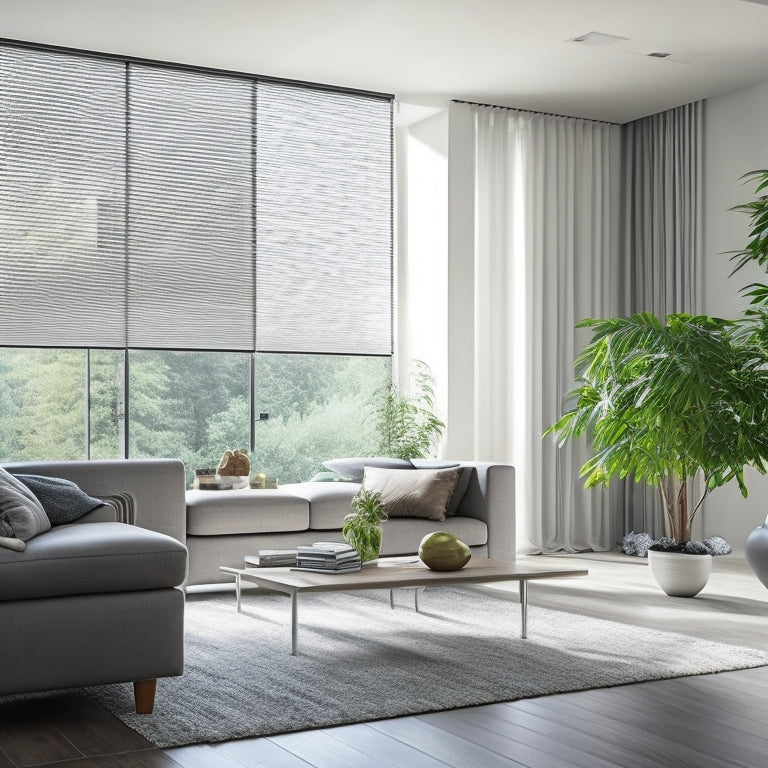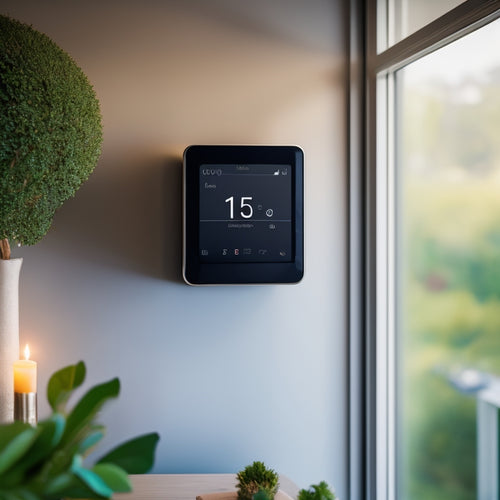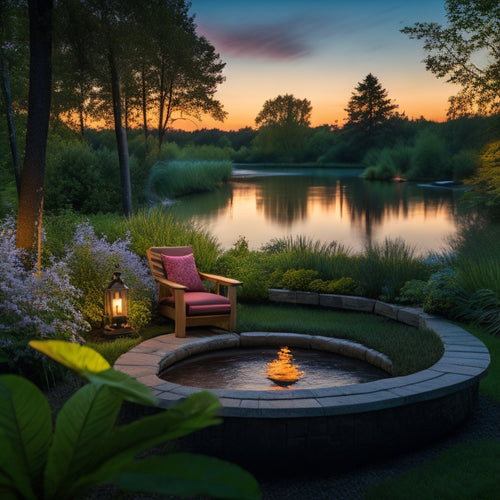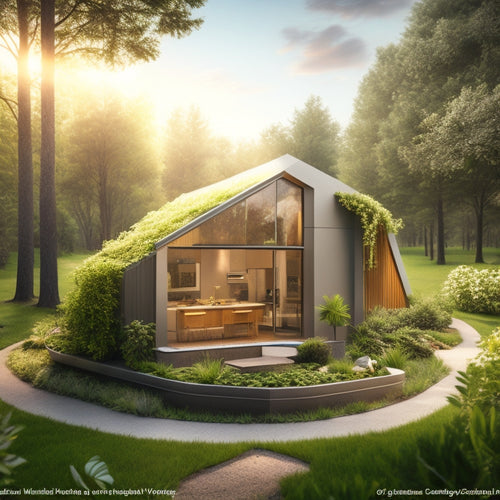
3 Tips: Automated Blinds for Energy-Efficient Home Design
Share
As you design your energy-efficient home, consider these three tips for incorporating automated blinds: first, program them to adjust based on time of day and season to maximize natural light control; next, use them to optimize energy savings by opening on sunny winter days and closing on hot summer days; and finally, investigate smart scheduling and remote access to enhance home automation convenience. By doing so, you'll not only create a sustainable living space but also reveal significant energy savings and a reduced carbon footprint. Now, uncover how to fine-tune these features to perfectly balance light, comfort, and efficiency in your home.
Key Takeaways
- Program automated blinds to adjust based on time of day and season to optimize energy savings and natural light control.
- Open blinds on sunny winter days to harness natural heat and reduce energy consumption, and close them in summer to minimize heat gain.
- Integrate automated blinds with solar energy solutions to decrease dependence on fossil fuels and reduce carbon footprint in home design.
- Use automated blinds to filter harsh rays in summer and allow more light in winter for a consistent indoor temperature and cost savings.
- Explore smart scheduling and remote access features for automated blinds to enhance home automation convenience and flexibility.
Maximizing Natural Light Control
As you stand in your living room, you notice the way natural light pours in through the windows, illuminating every corner and casting a warm glow on your furniture.
To maximize this natural light control, you can employ light filtering techniques to soften or direct the light to specific areas of the room. By integrating renewable energy sources, such as solar power, into your home design, you can reduce your reliance on artificial lighting and create a more sustainable living space.
With automated blinds, you can make seasonal adjustments to optimize the amount of natural light entering your home. In the summer, you can filter out harsh rays to prevent overheating, while in the winter, you can let in more light to warm your space.
Optimizing Energy Savings Potential
By fine-tuning your automated blinds, you're not only creating a brighter atmosphere, but you're also releasing the full potential of energy savings.
To maximize energy efficiency, program your blinds to adjust according to the time of day and season. During winter, open your blinds on sunny days to let natural heat in, reducing energy consumption. In summer, close them to keep the heat out, minimizing the need for air conditioning.
By integrating solar energy solutions into your home design, you can further reduce your reliance on fossil fuels and lower your carbon footprint. This thermal regulation strategy helps maintain a consistent indoor temperature, reducing energy consumption and saving you money.
Enhancing Home Automation Convenience
Your smart home is a harmony of convenience, with automated blinds playing a starring role.
Imagine coming home to a perfectly lit living room, where the blinds have adjusted to let in the warm sunlight, or waking up to a bright and airy bedroom, thanks to smart scheduling.
With the increasing adoption of electric and hybrid vehicles in fleets renewable energy solutions, homeowners are also exploring ways to reduce their carbon footprint.
With remote access, you can control your automated blinds from anywhere, ensuring your home is always comfortable and energy-efficient, even when you're not there.
Whether you're running late or on vacation, you can adjust the lighting to your liking, giving you freedom and flexibility to live life on your own terms.
Frequently Asked Questions
Can Automated Blinds Be Integrated With Existing Smart Home Systems?
As you investigate smart home automation, did you know 77% of homeowners prioritize energy efficiency? You can seamlessly integrate automated blinds with your existing smart home system, ensuring effortless smart home compatibility and a more sustainable living space.
Are Motorized Blinds More Expensive Than Manual Blinds?
You're wondering if motorized blinds break the bank? Compared to manual blinds, they typically cost more upfront, but consider installation ease and long-term energy savings - it's a trade-off you'll appreciate when freedom from tedious adjustments is priceless.
Do Automated Blinds Require Frequent Battery Replacements?
Like a reliable sentinel, your automated blinds stand guard, controlling the light. But, you wonder, will they need frequent battery replacements, disrupting your freedom? Not necessarily, as many offer extended battery life, and some even utilize solar options, ensuring your independence remains uninterrupted.
Can I Control Automated Blinds With Voice Commands?
You can effortlessly command your automated blinds with voice recognition technology, seamlessly integrated into your smart home setup, granting you the freedom to control the ambiance with just a few spoken words, anytime, anywhere.
Are There Any Specific Safety Features in Automated Blinds?
You'll be relieved to know that many automated blinds come equipped with safety features, such as obstacle detection, that guarantee child safety and pet safety by automatically reversing direction when encountering an object.
Related Posts
-

Smart Energy: Greener Homes With Connected Power Devices
You can control and optimize your energy consumption with smart energy devices, reducing your carbon footprint by up ...
-

Transform Your Outdoor Space With Recycled Plastic Lumber
By incorporating recycled plastic lumber into your outdoor design, you're not just building a deck or installing a fe...
-

10 Best Sustainable Waste Management Solutions for Green Homes
You're likely unaware that the average green home generates over 2 kilograms of waste daily, but with the right susta...


